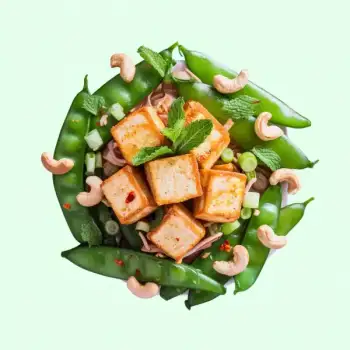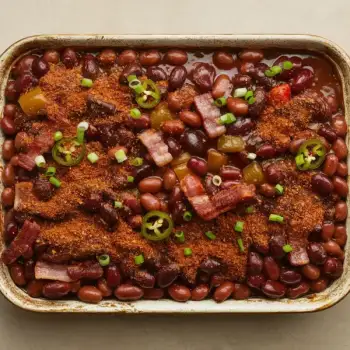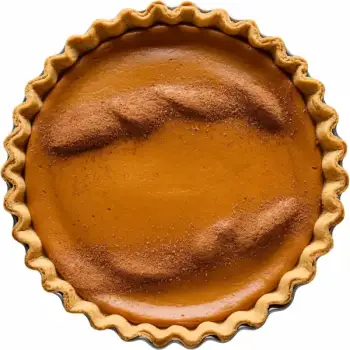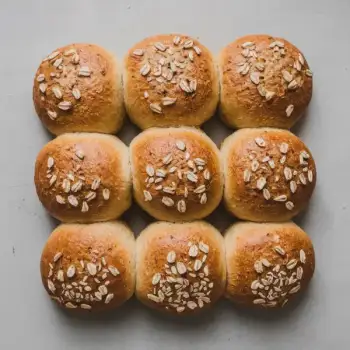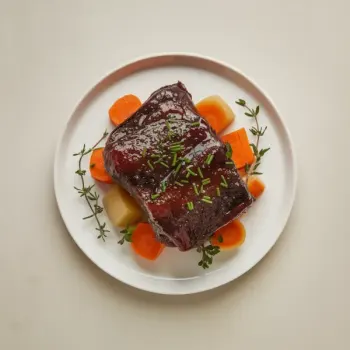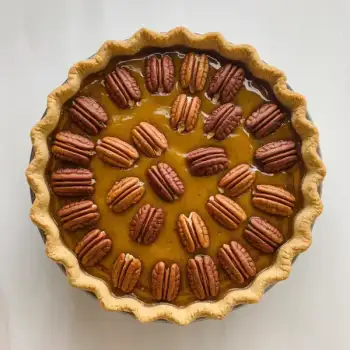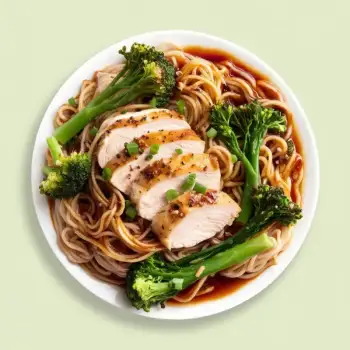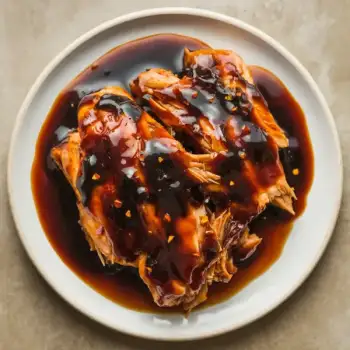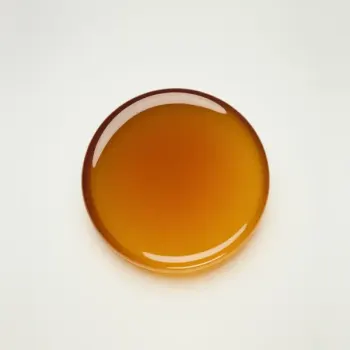


Dark Molasses
Darker and more robust than light molasses, suitable for gingerbread, baked beans, and barbecue sauces.
Light Molasses
The sweetest and lightest type, often used in baking to add a mild molasses flavor without overpowering other ingredients.
Sulphured Molasses
Made from young sugar cane with sulfur dioxide added during the sugar extraction process, it has a more pronounced and somewhat bitter flavor.
Blackstrap Molasses
The darkest and most concentrated form, with a bittersweet flavor, often used in health supplements and for its high mineral content.
Unsulphured Molasses
Molasses made from sun-ripened cane sugar without sulfur dioxide, which is preferred for its cleaner and more natural taste.




dark molasses: Brer Rabbit
light molasses: Grandma's Original Molasses
blackstrap molasses: Plantation Blackstrap Molasses
unsulphured molasses: Wholesome Sweeteners Organic Molasses

Baking: Molasses is a key ingredient in baked goods like gingerbread and spice cookies, contributing to their moist texture and deep, rich flavor. When baking with molasses, it's often paired with baking soda, which reacts with the acidic component of molasses, helping the dough to rise.
Glazing: Molasses is often used as a glaze for meats, such as ham or chicken. Brush it on towards the end of the cooking process to avoid burning and to create a sticky, caramelized surface.
Braising: Molasses can be added to braising liquids for dishes like baked beans or stews, imparting a sweet and savory complexity to the dish. It should be used sparingly to prevent overpowering the other flavors.




